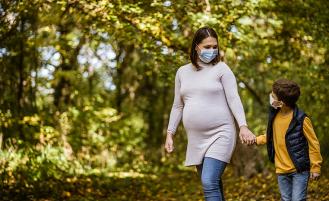Inside Immunization: The Steps to Making a Vaccine
Vaccines represent one of the greatest medical success stories. They’ve wiped out smallpox, nearly eliminated polio, and saved millions of lives.
But how are vaccines made in the first place? They are developed through research and testing, with safety built into every phase.
Understanding the Process
First, scientists analyze each illness and how it affects humans. These findings allow them to find compounds that safely boost the body’s immune response.
Once they discover a potential vaccine, experts test it first in computer models, then in a lab. This reduces chances of harmful side effects. Then, volunteers sign up for clinical trials. These further confirm that the vaccines work and are safe.
At each step, the government works to ensure no one is put in harm’s way. The U.S. Food and Drug Administration (FDA) reviews study designs and results. Finally, when they’re convinced the benefits outweigh any risks, the FDA licenses a vaccine for use in the general public.
What’s in Each Shot?
Once licensed, the FDA inspects the factories and protocols involved in making vaccines. Companies must use ingredients proven safe and effective. Each element serves an important purpose.
Vaccines may contain:
- Antigens. These bits of weak or dead viruses or bacteria train your immune system to fight back faster and stronger against illness.
- Adjuvants. Substances—aluminum is one example—that further boost immune response.
- Preservatives. In some cases, added compounds protect vaccines from contamination.
- Stabilizers. Sugars, amino acids, and proteins keep vaccines from breaking down over time.
What about eggs? Manufacturers do use them, plus germ-killing ingredients like antibiotics, to make some vaccines. They’re removed or diluted before you receive the vaccines, so only traces remain. Ask your doctor about which vaccines are safe if you have a severe egg allergy, but otherwise, these ingredients aren’t harmful. The COVID-19 vaccines are not manufactured using egg products.
The Final Step—and Beyond
Each lot—or batch—of vaccines is tested to ensure safety, purity and potency. Then, it’s shipped to your local clinic, doctor’s office or pharmacy.
Once a healthcare provider administers the inactivated or weakened virus, the immune system leaps into action. The antibodies it produces protect you or your child from future infection.
Even after approval, federal agencies continue to watch each vaccine for safety. Any mild side effects, such as low-grade fever or soreness, should go away quickly. Your doctor or pediatrician can answer any questions you have.








